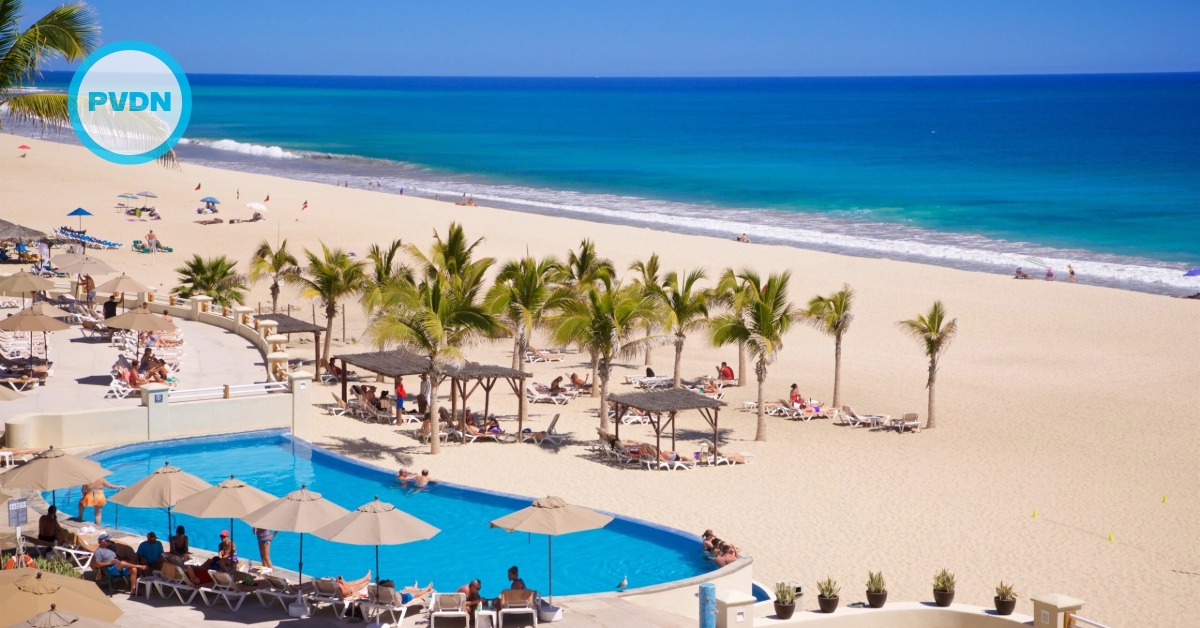* This story and numbers are written based on the average family usage with CFE and may not apply to everyone. Costs depend on your personal usage and lifestyle and the more you use in Mexico the more you pay per KW. However the numbers are based on CFE and US Department of Energy numbers and are believed to be factual.
***
The Federal Commission of Electricity (CFE) in Mexico supplies power to the entire country, totaling nearly 100 million people and adding about one million new customers each year as the middle class expands and the number of expats living in . . .





